In Minas Gerais
Ten years of first olive oil extraction in Brazil
May 04, 2018 09h00 AM | Last Updated: June 05, 2018 10h35 AM
In 2018, Brazil celebrates ten years of the first extraction of extra-virgin olive oil, occurred in Maria da Fé (MG), a pioneer municipality in the country. Since then, olive crops have become increasingly common landscapes in the country, which is one of the largest importers of oil. From 2008 to 2016, the area planted or intended for olive harvest jumped from 6 to 575 hectares, according to data from the Municipal Agricultural Survey (PAM) of the IBGE. Besides Minas Gerais, the survey also showed that the cultivation is present in Espírito Santo, São Paulo, Rio Grande do Sul and Santa Catarina.
The Contrafortes da Mantiqueira region - between MG, SP and RJ - presents the ideal weather conditions for olive cultivation and stands out as a production center. Epamig (Agricultural Research Company of Minas Gerais) was responsible for the pioneer extraction of oil in Maria da Fé, where it has kept an experimental field since the 1970s. The first seedlings of the species arrived in the city with a Portuguese family, in 1935. Some of them decorate the center of the municipality to this day and were responsible for encouraging olive studies.
Studies on genetic improvement and natural selection have already resulted in the development of eight Brazilian cultivars. One of them, the MGS from Maria, known as "Maria da Fé", derives from the first trees brought from Europe. "With the research, we found some cultivars that were even more adapted than the first ones. Arbequina, which is Spanish, is the most popular. But for the olive tree to have a good productivity, it is recommended to plant at least two or three types in the same area. At Mantiqueira, we also have grappolo, of Italian origin, and koroneiki, Greek, " said Epamig researcher Pedro Moura.
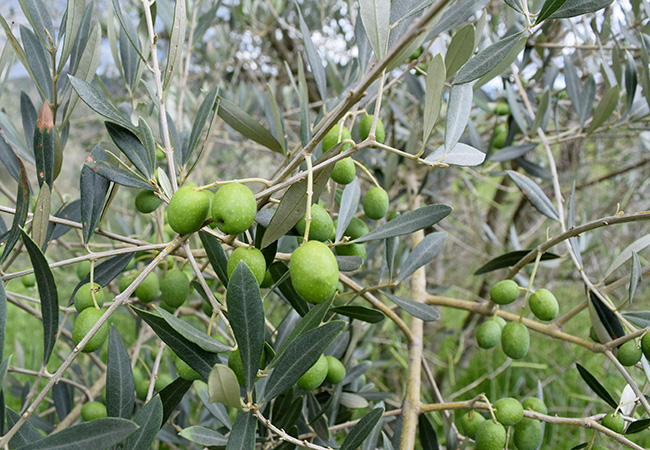
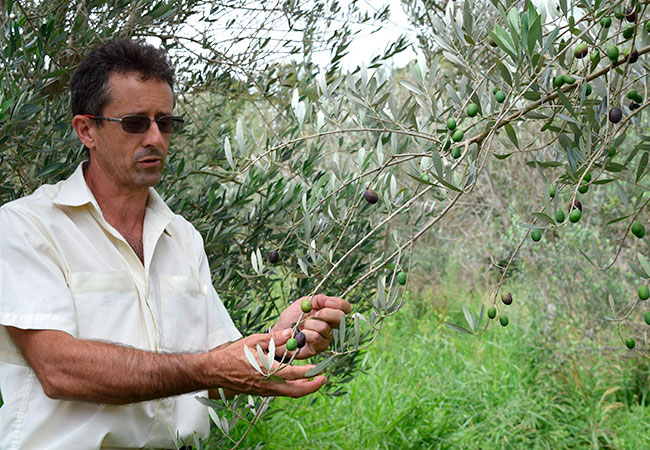

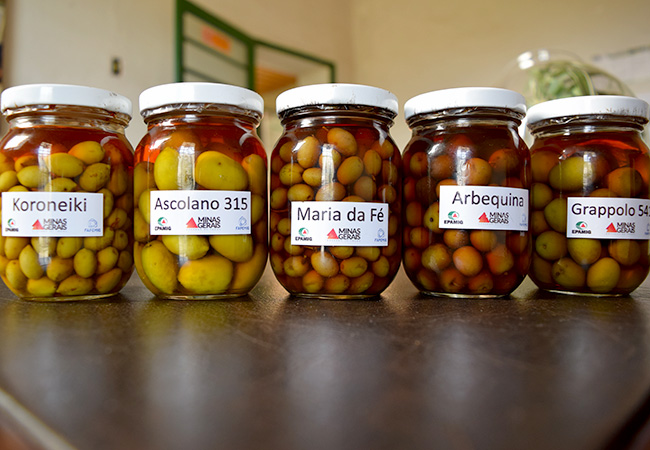
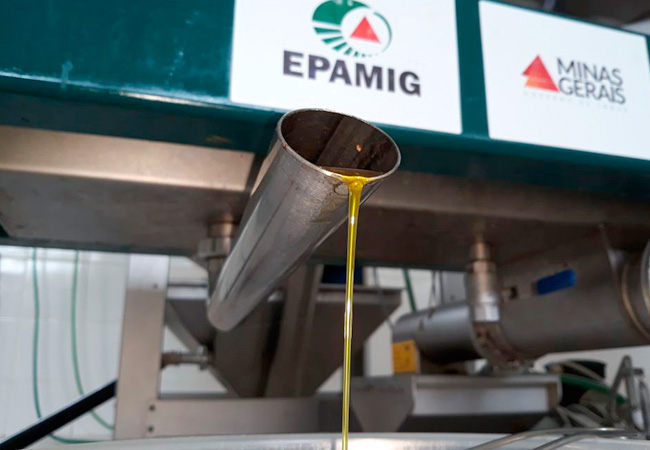
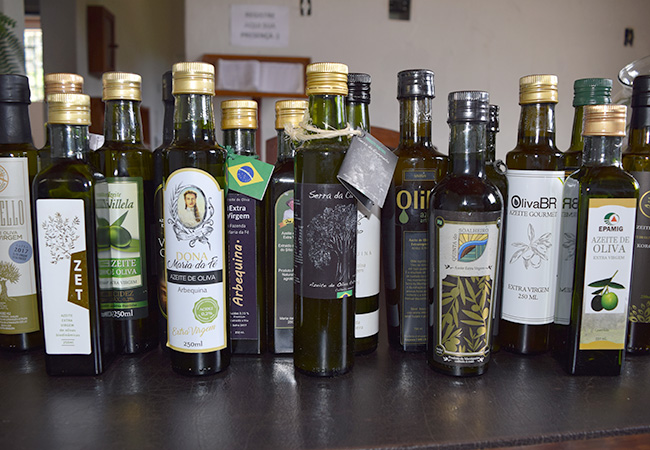
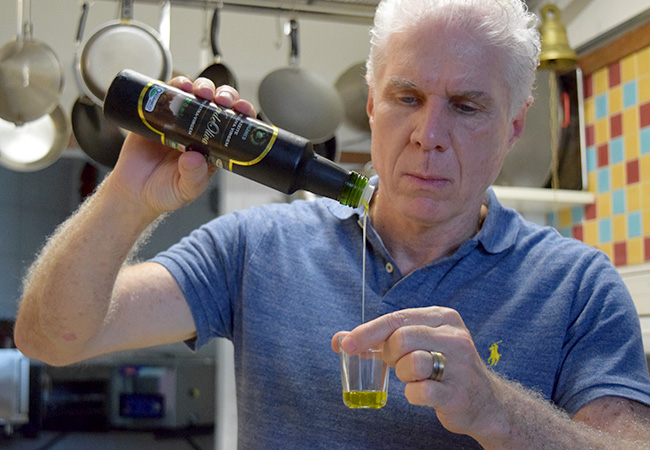
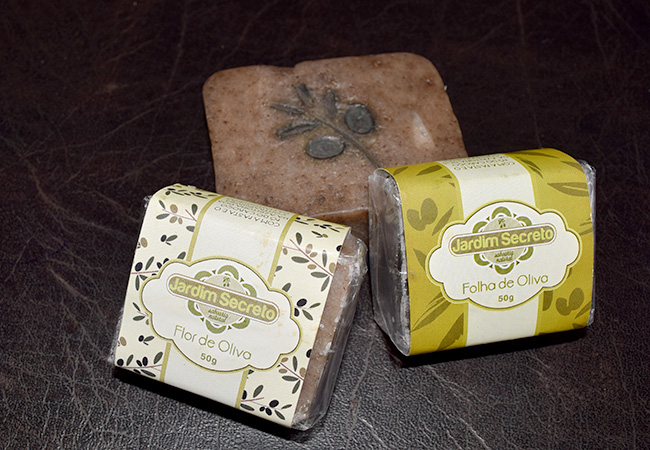
Versatile and healthy
Eduardo Maya has worked with gastronomy for 20 years, 15 of them in direct contact with olive oil. in love with the product, he says that he consumes it daily and that there is plenty of room for its growth in Brazil. "The Greeks are the biggest consumers: 25 liters per year. The European people use about 15 liters, and the Brazilians are now using 600ml per year," he said.
According to the Consumer Expenditure Survey (POF), also carried out by the IBGE, the annual household acquisition of olive oil per capita fell between 2002 and 2008 in Brazil, dropping from 193 ml to 178 ml. However, it has grown significantly in the states of the Southeast, and in Mato Grosso do Sul, the Federal District and Ceará, for example. The sharpest increase is observed in São Paulo, which in 2008 registered an annual acquisition per capita of 299 ml. The survey, which is in the collection phase, did not consider consumption away from home.
In the world, there are more than a thousand different cultivars, which vary in flavor and aroma. The national product presents distinct characteristics of bitterness and spicing from other producing regions, as well as a fruity aroma. In addition, the freshness of Brazilian oil is a competitive advantage, since the younger it is, the stronger its characteristics and components are, and the consumption is recommended in the first year after production. "You can bake cakes, bread, make chocolate and ice cream with olive oil. If you use the vanilla-note type in a pie, it's a luxury," added Maya.
In addition to the pleasant taste, the ingredient is also good for health. "It has a high amount of monounsaturated fatty acids that lower LDL cholesterol in the blood. This type of fat has an anti-inflammatory action, contributing to the treatment of several diseases. It is also a source of vitamin E and antioxidants, which fight against the free radicals responsible for cell aging," said Nutrition Professor at the Federal University of Minas Gerais (UFMG), Marina de Oliveira. She further explained that the lower the acidity, the better the nutritional quality of the olive oil.
Activity on the rise
It was only after getting to know the experience with the olive trees in Maria da Fé that gastronomer Maya decided to produce olives, combining the passion for olive oil with the desire to start an agricultural business. He has been growing olives with care for eight years and now has his first extraction. "The expectation is big. It is not easy because we are in a warm location, near Belo Horizonte, in the Contraforte da Serra do Cipó, so it is a new experience," he said.
Studious of this segment, Maya said that the national olive oil still needs to find its identity and then strengthen it." I see the market with caution. Our oil is 'flat' [very soft], we need to bring in species with more polyphenol [a substance in various types of food that gives more structure and taste to the liquid]. "
The extraction is carried out by a centrifugal machine soon after the olives are collected, in order to avoid the oxidation. It shreds the fruits with the lumps, resulting in a mass that is mashed to release the oil. Then the equipment rotates at high speed and separates by density the oil from the mass, which can be used as an organic compound. In Maria da Fé, there are already professionals who use this residue to make soap and cosmetics, besides crafts made with the wood of the tree.
Each liter of olive oil requires 10 kg of olives. Considering only the region of the Contrafortes da Mantiqueira, the quantity extracted increased from 40 liters in the first year to 42 thousand liters in 2017, with the expectation of increasing to 80 thousand liters in 2018. It is estimated that there are around 200 olive growers distributed in 70 municipalities and a planted area of approximately 2,500 hectares (one million plants). "Most of the orchards have not yet reached 10 years of age, so the production is not so high," said researcher Pedro Moura.
Because it is a new culture in Brazil, it is still in the adaptation phase. The risk associated with the crop and the high initial investment configure a different kind of farmer. Marcelo Bonifácio, 43, decided to invest in the business in 2015, with the intention of diversifying the eucalyptus business. The businessman bought a property in Maria da Fé and works on the recovery of about 30 thousand trees already planted in 40 hectares. "Olive growers are not conventional growers. The traditional people here, who raise cattle and grow potatoes, are afraid of this crop, because it is still little known," he said.
The return on investment can also intimidate some interested parties, as olive trees begin to produce at about three to four years of age, maturing and reaching productive potential after the eighth year. Just as other rural entrepreneurs have done, Marcelo acquired the olive oil extraction machine, used for own production and also for the provision of the service in the region. To cope with the little information about the culture, he resorts to consultants with experience in nearby countries such as Chile and Argentina.
Economic potential
Wilson Roberto da Silva, 47, is going against the trend. Born in Maria da Fé, he has been cultivating olive trees since 2005 and has managed to extract 80 liters of oil per year. The output varies, since the civil servant takes care of the plantation alone. "It's a '14th salary ', because you still cannot let go of everything and just do it. If I am well-disposed and healthy after I retire, I intend to continue working with olive growing."
Despite being a long-term investment, Wilson highlights the longevity of olive groves as an advantage, as plants can exceed 100 years of age. In addition, he is optimistic about the end of "potato monoculture" in the municipality, which could cause more environmental impacts. The producer also said that the activity boosted tourism in Maria da Fé, already famous for the cold weather. "I think the trend is to have more people producing and the price falling for the general consumer. I see this as a good way out for Maria da Fé: handicrafts and olive oil ".
The expansion of olive cultivation in Brazil is very much influenced by the climate, since all the existing cultivars are temperature demanding. While olive groves still pave the way to reach maturity and peak production, the national olive oil is sold with a focus on tourism, by the average price of R$140 a liter. It is expected that, in some years, the quantity balances the price and allow the insertion of the product in other markets.
The Association of Olive Growers of Mantiqueira (Assoolive), which has today with 55 members, also works towards the recognition of the Geographic Indication of the olive oil of that locality. In addition, during the event celebrating the ten years of the first extraction in Brazil, the creation of the certification program for olive cultivation was announced in Maria da Fé, under the responsibility of the Secretariat of Agriculture, Livestock and Supply of the Government of Minas Gerais. The initiative, along with others also announced at the time, promises to boost the production in Minas and make the product more competitive. Currently, the region has around 40 brands of olive oil.




















